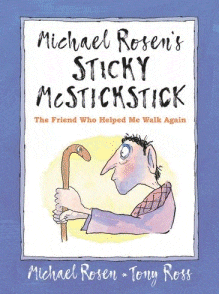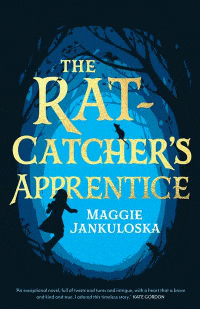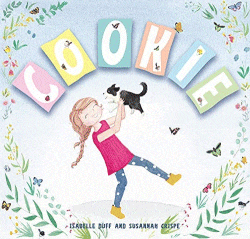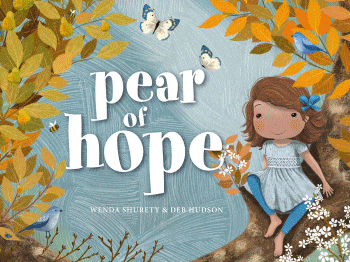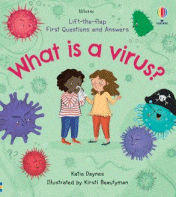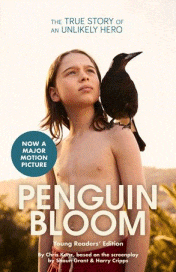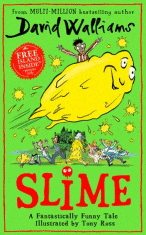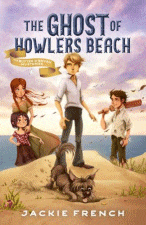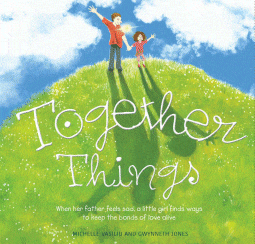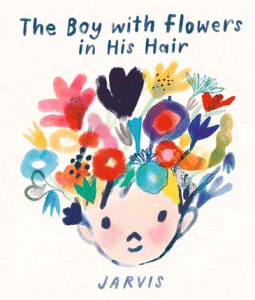
The Boy with Flowers in His Hair
The Boy with Flowers in His Hair
Jarvis
Walker, 2022
32pp., hbk., RRP $A27.99
9781406392517
David has flowers in his hair and that’s just fine with all the other kids in the class, particularly his best friend. But when the bright, pretty petals start to fall off and David just has spiky twigs, things changed. David was quiet, he didn’t want to play and he started to wear a hat. He never wore hats. And when he took it off and reveled that he was twiggy, spiky and brittle, the other kids didn’t want to play with him either. Until his best friend had an idea…
This is a touching story about what being a best friend really means – being there when your mate is at their most vulnerable, whether that be through illness or any other hardship that might strike. The clichéed “thick and thin” that few are fortunate to experience, but when they do it means a lifelong bond that is remembered forever. Even though having flowers growing out of your head might be noticeable in the adult world, it is totally accepted as natural by the children who haven’t yet learned about adult perceptions or prejudices. But whether it’s because they’ve heard parental whispers or it just takes them a while to adjust to David’s new look, their attitudes and behaviour changes when he does, leaving him even more vulnerable than he would have been just dealing with its cause. Thank goodness for his best friend who supports him regardless.
While the story itself deals with David’s hair, which, while being the thing we often notice first about a person yet which is really the easiest thing to change, it could apply to any situation where the child feels isolated or marginalised and so, in the hands of a sensitive adult, it can help little ones share their own stories – perhaps illness, divorce, financial hardship, whatever – while helping to build compassion and empathy amongst their mates as they understand that their friend is still the same inside,
Sensitively written and illustrated, this is one for the mindfulness collection that deserves to be shared and discussed and valued for its bravery/rarity in touching on a delicate subject in such a tactful way. I could use the other cliché, “Ask me how I know” but all I will say is that I have been David, and hopefully I’ve also been his best friend.
